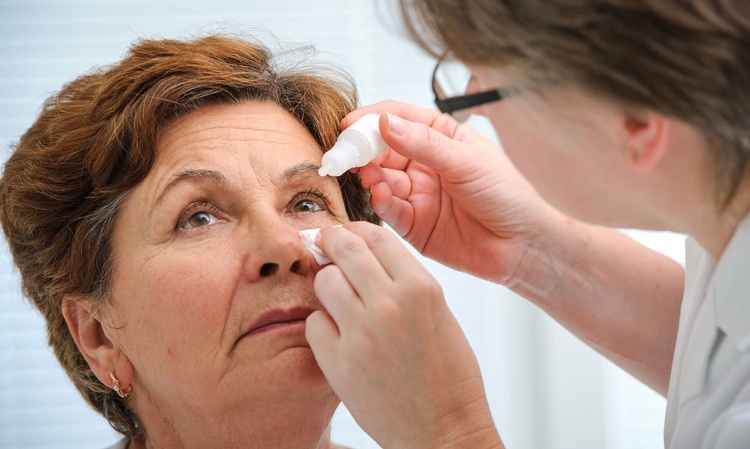Understanding Botox: A Detailed Look at a Beauty Industry Game-Changer
The beauty industry is an ever-evolving landscape, continuously reinventing itself, and relentlessly seeking the next big innovation. In this constant quest for youthful beauty, one product has emerged as a revolutionary game-changer: Botox. From celebrities to everyday individuals, the allure of this minimally invasive treatment has captivated millions worldwide. However, despite its widespread popularity, Botox, like any other beauty treatment, is a complex procedure that deserves a comprehensive understanding before one opts for it.

Botox: From Medical Treatment to Cosmetic Wonder
Botox, a shortened term for Botulinum toxin, was first discovered in the 1800s. It was initially used in the medical field for conditions such as muscle spasms and even migraines. However, it was in the late 1980s that Botox found its way into the beauty industry. As a result of a serendipitous discovery, it was noted that patients treated with Botox for facial muscle spasms also exhibited fewer wrinkles. This observation paved the way for the FDA’s approval of Botox for cosmetic purposes in 2002.
The Science Behind Botox
Botox works by blocking nerve signals in the muscles where it is injected. When those nerve signals are interrupted, the affected muscle is temporarily paralyzed, causing wrinkles in the skin above to smooth out. The procedure is relatively quick and often described as only mildly uncomfortable. The effects of Botox are not permanent, though, and typically last between three to six months, after which the treatment needs to be repeated.
The Rising Popularity of Botox
The popularity of Botox skyrocketed primarily due to its non-surgical nature and quick results. Unlike more invasive procedures, Botox requires no downtime, allowing patients to return to their daily lives almost immediately. Furthermore, the results are noticeable within a few days, contributing to its appeal.
In recent years, it has become especially commonplace among younger demographics as a preventive measure against the formation of wrinkles. This trend is a departure from the traditional use of Botox as a corrective measure for already formed wrinkles.
The Potential Risks and Drawbacks of Botox
While Botox is generally considered safe, especially when administered by a qualified professional, it does come with potential side effects. These can range from minor issues such as bruising or headache to more serious complications like difficulty swallowing or speaking if the toxin spreads beyond the injection site.
Moreover, the impermanence of Botox results can also be seen as a drawback. Regular appointments are necessary to maintain the smoothing effect, which can be costly and time-consuming. It’s also worth noting that while Botox can effectively smooth out wrinkles, it doesn’t address other signs of aging, like skin laxity or pigmentation.
The Societal Impact and Perception of Botox
The rise of Botox has undoubtedly impacted societal perceptions of aging and beauty. It has played a significant role in promoting the idea of ‘ageless beauty’, where signs of aging are not just hidden but actively prevented or reversed. This has sparked both positive and negative reactions. While some applaud the empowerment and confidence that Botox can bring, others critique the pressure it places on individuals to conform to an eternally youthful aesthetic.
The Future of Botox
Despite potential drawbacks and societal debate, the popularity of Botox shows no signs of waning. With advancements in technology and technique, the application of Botox is becoming more refined, allowing for more natural-looking results. Furthermore, the exploration of new uses for Botox, such as treating conditions like depression and excessive sweating, suggests a promising future for this versatile treatment.
In conclusion, Botox is much more than a buzzword in the beauty industry. It’s a testament to the ever-evolving nature of the pursuit of beauty and the ingenuity of scientific discovery. As with any cosmetic procedure, the decision to use Botox should be an informed one, carefully considering the benefits and potential risks.




